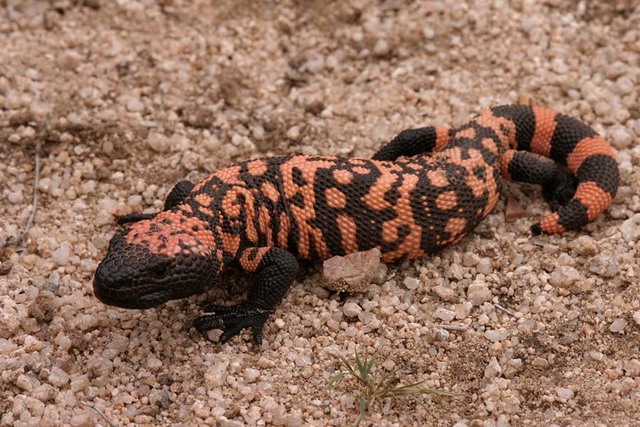Teratoscincus scincus
IUCN
LCBasic Information
Scientific classification
- name:Teratoscincus scincus
- Scientific Name:Teratoscincus scincus,Common Wonder Gecko
- Outline:Lizardia
- Family:
Vital signs
- length:15-20cm
- Weight:
- lifetime:
Feature
The friction of the fingernail scales on the tail produces a distinctive rustling sound.
Distribution and Habitat
It is distributed in Gansu and Xinjiang. It is distributed abroad in Kazakhstan and Afghanistan.
The Yili sand tiger lives in the desert and desert steppe areas on the edge of the oasis.
Appearance
The head is large, with 30-50 rows of interorbital scales. The dorsal imbricate large scale reaches the occipital anterior. Fingers and toes are not extended, with ctenoid edges on both sides.
Details
The Yili Sand tiger is a burrowing terrestrial lizard, which belongs to the more typical nocturnal guarding palace, usually they do not come out during the day, and often hide in the ground holes dug by themselves in advance of about 80 centimeters, and inhabit in the desert environment. At night, they often walk through the bushes for activities, and their actions are extremely sensitive and rapid, and their skin is easy to break. Mainly a variety of insects as the main food, including small lizards, spiders, insects and other small animals, and eat some plant food.

The Yili sand tiger, whose climbing ability is not in place, is a skilled crafter in the soil. The ili Sand tiger is a very territorial palace guard, and if they are disturbed, they will raise their body and make a hissing call. Their stern warning sounds are accompanied by a readiness to bite back. They also have a special feature, which is that they can swing their tails slowly like snakes, so that the large scales of the tail rub together and make a sound. The eyelids of the eyes have been keratinized, forming a lid that looks like a roof, which will replace the eyelashes and block out the sand. They are shy and timid by nature, and when they encounter danger, they are agile and can avoid enemies very fast.
The female lays 4-5 litters in a breeding season, each laying about 2 connected eggs, there are also a small number of laying 1 egg, in the normal case of 2 eggs, the interval between their litters is about 1 month. However, if one egg was laid last time, the time between the next egg laying interval will be shorter, with a shorter interval of about 3 weeks. One or two eggs are laid each time, and the eggs take 75 to 95 days to hatch into larvae about 60 mm in size.

In 1993, Uzbekistan issued a stamp featuring the Ili Sand tiger
It is listed in the second level of the List of China's National Key Protected Wildlife.
Note: The illegal killing of wildlife protected by the state will be punished by the criminal law.





